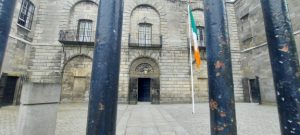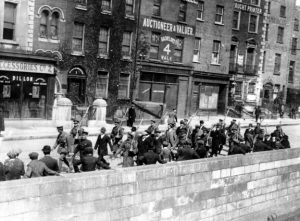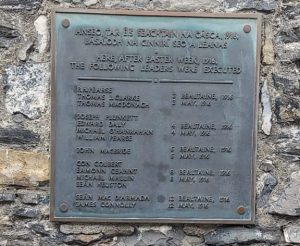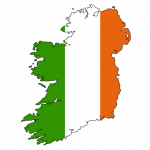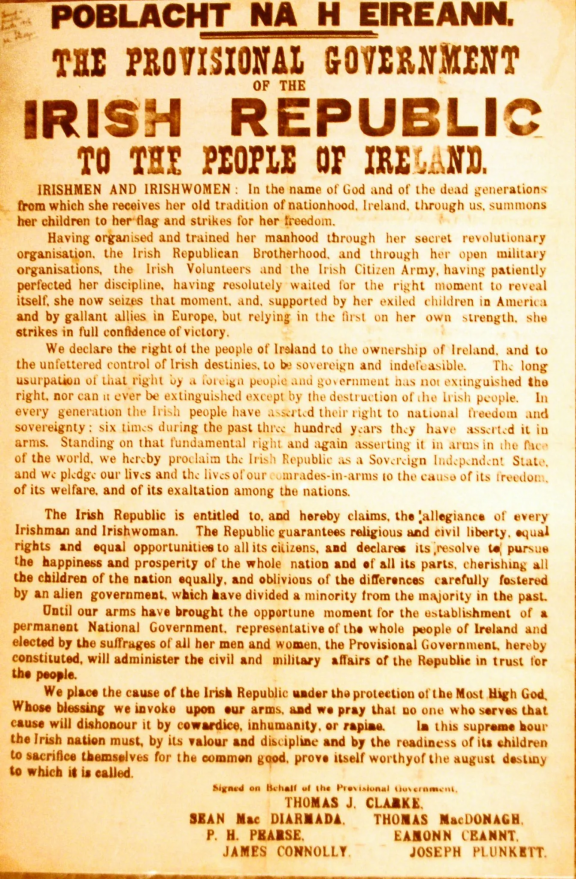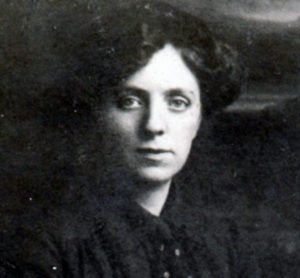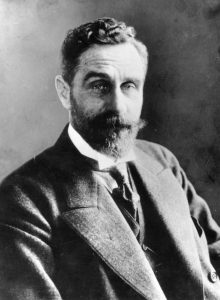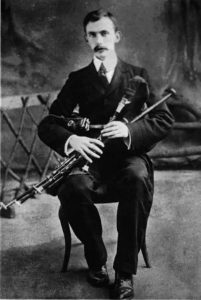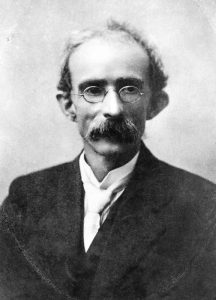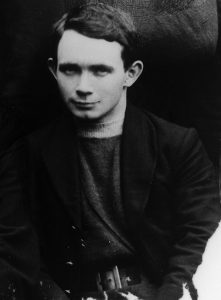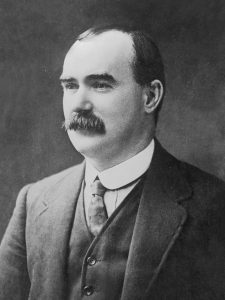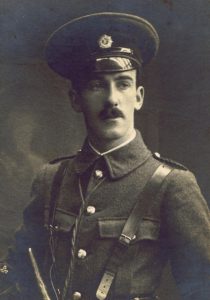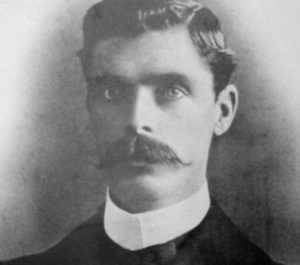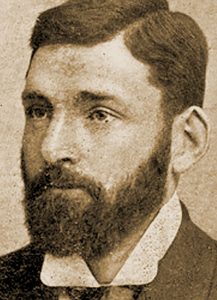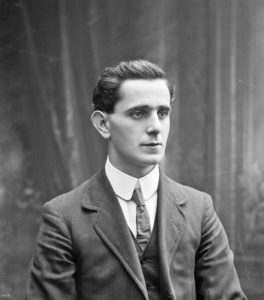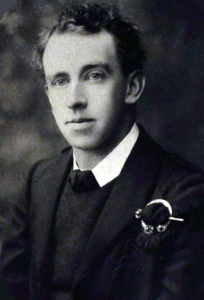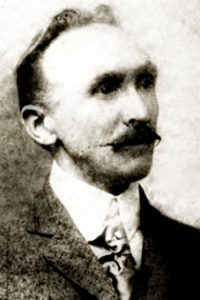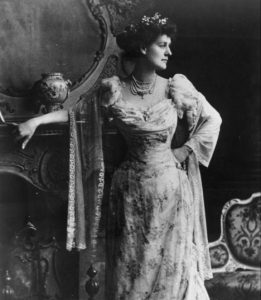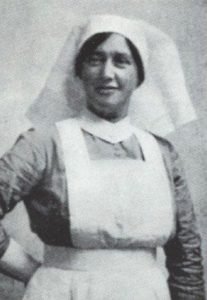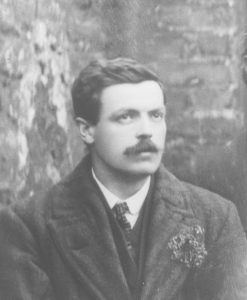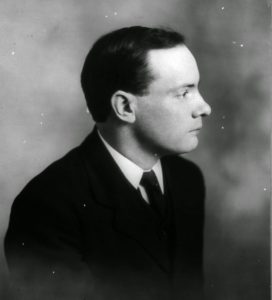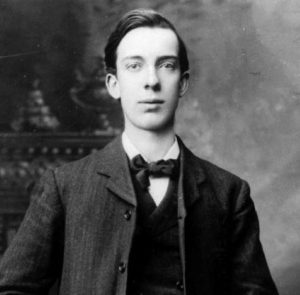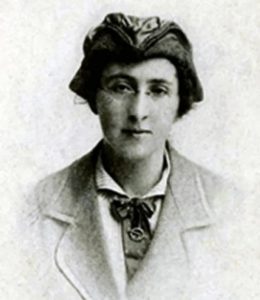To understand the Easter Rising of 1916, one must look to the long history of oppression which led up to it.
Over the centuries, Ireland has been invaded by foreign armies which claimed the lands as their own. These enemies of Ireland had sought to extinguish the lives and souls of the Irish people by means of war, brutality, plundering, starvation, unjust laws and the destruction of its culture.
Through the centuries, there were other uprisings. Though they were unsuccessful at the times, the heroics of those that stood for Ireland weren’t forgotten. The names of Wolfe Tone and Robert Emmett were of those that the brave rebels of 1916 drew their inspiration for a free Irish republic.
After years of delays for Irish home rule, such legislation was stalled again with the start of the first world war. With England focused on sending soldiers abroad to fight, others saw this as an opportunity to strike for freedom.
On the 24th of April, 1916, members of the Irish Republican Brotherhood, Irish Volunteers and the Irish Citizen Army took strategic positions around Dublin and proclaimed a free and independent Irish republic. This took many by surprise as the streets of Dublin became battlegrounds. Some had condemned the actions while others volunteered to fight.
After 6 days of fighting, the rebel leaders gave their orders for surrender in order to spare what was remained of the burning city of more deaths and destruction. The weeks following the rising, secret trials were held where rebels were accused of treason.
16 men were executed for their roles in the rising. Those that faced the firing squad included crippled and dying men. The most disturbing of these executions were of James Connolly, who only had a day or two to live due to his injuries from the fighting. His wounds had become gangrenous, and he didn’t have the strength to stand nor sit upright, so he was tied to a chair and shot.
The barbaric response of the British army had surprised many. They were willing to burn and destroy their empire’s largest city outside of London than to relinquish their power. The executions made it clear that they intended to continue ruling over Ireland with an iron fist. An Ireland under British rule would never be free.
